Tim Chambers, Greenbelt Native Plant Center Nursery Manager, and our guide for the tour, explains GNPC’s history and mission at the start of the tour.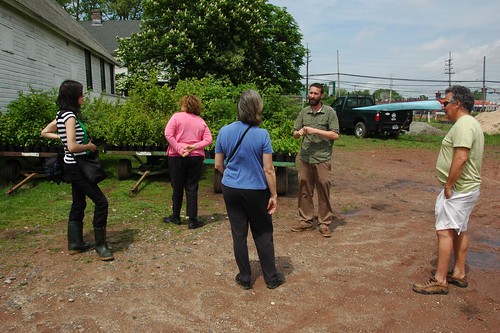
Monday, May 3, I visited the Greenbelt Native Plant Center (GNPC) for the first time. This tour was one of over 45 events scheduled for NYC Wildflower Week. From the event description:
The Greenbelt Native Plant Center is the only municipal native plant nursery in the country. It is a 13-acre greenhouse, nursery, founder seed and seed bank complex owned and operated by NYC Parks & Recreations Dept. Over the past fifteen years, the center has grown hundreds of thousands of specimens from locally collected seed of the city’s indigenous flora for use in restoration, and replanting projects and is currently developing bulk seed mixes for the city. The GNPC is a partner in the establishment of the first national native seed bank called Seeds of Success.
GNPC operates as a wholesale nursery serving primarily, but not exclusively, restoration projects around the NYC area. GNPC partners with other growers around the region. Not all their efforts go to NYC wild areas and parks; some go to other, nearby restorations, and they also receive plants of specific species when they don’t have the stock to meet the demand.
There are over 2,000 plant species native to the NYC area. GNPC currently propagates about 350, a remarkable proportion. That range is important; GNPC is not just in the business of species preservation, but also restoration of plant communities. That work requires sourcing of many different species, and the plant “palette” required depends on the goals of each project.
Collection
It all starts with the collection of seed from the wild. Collections are done throughout the region; NYC itself has over 8,700 acres in 51 nature preserves under its Forever Wild program. Wherever it comes from, the seed collection protocol links back to the mission of GNPC. As Tim Chambers, our guide for the tour, and GNPC’s Nursery Manager, explained to us, non-selection is the goal.
Use of plant materials from local populations ensures the success of ecological restoration or enhancement of natural systems. Our seed collection begins by employing internationally accepted protocols for collecting seeds from wild populations that capture the full genetic variability of a given plant population. Genetic variation is the basis for evolutionary success.
– Mission, GNPC
Part of the protocol includes random sampling across a population. Collecting seed from the most vigorous plants, or those with the largest seedheads, or some other criteria, introduces unnatural, human selection. This distorts the evolutionary history captured in the genetic diversity across the population. The population grown on from those seeds will be less representative of the original, less adapted to the conditions in which the original plants were found, and less suitable for restoration efforts.
Collection must be distributed not just spatially across a population, but across time. A given population may have individuals whose seed ripens slightly earlier, or slightly later, than the bulk of the population. These outliers give the population as a whole more resiliency in the face of unusual or extreme conditions: a drought, an early frost, an unusual outbreak of insects. Seed must be collected throughout the ripening seasons to capture that diversity.
Processing
If you’ve never collected seed from your own plants before, I can recommend it. It’s not so straightforward as you might think. You don’t usually collect seeds. You collect the fruits that contain the seeds. Getting the seeds out – separating the seeds from the chaff – can take some work. And it requires different techniques for each species.
This chaff was softer than the softest feathers or wool you’ve ever felt.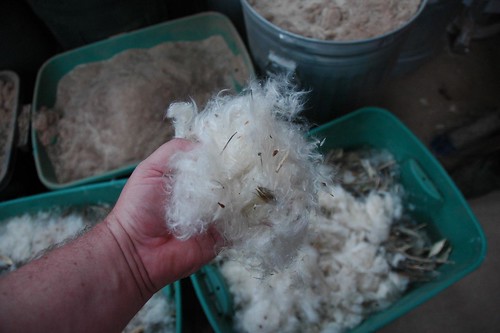
Germination
After separation, germination is tested in the Seed Lab. If germination succeeds, it means the seed is ripe; they sow the seeds in trays. They’re germinated and grown in a greenhouse dedicated to this first stage in getting plants from seed.
What results is a dense mat of first growth.
I didn’t get the id of these grass seedlings.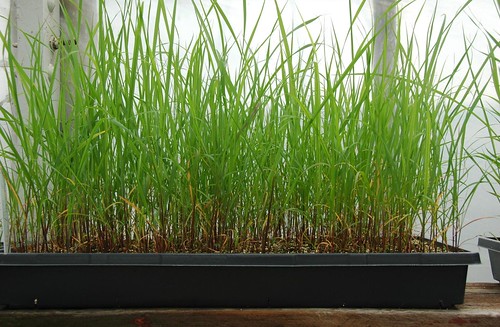
Amelanchier canadensis, Canadian Serviceberry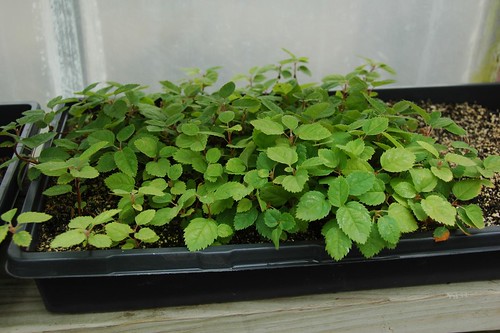
Agastache nepetoides, Yellow Giant Hyssop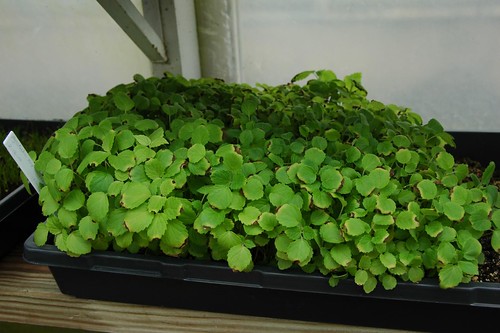
Growing on
To grow past this point, the seedlings must be separated from their siblings. They’re pricked out from the mat and planted in individual containers, just like you find in any plant nursery. It’s delicate, time-consuming work.
The result is an abundance of beautiful, healthy seedlings of NYC-local ecotype native plants. These will be grown onto successively larger containers, depending on the needs of the projects for which they’ve been contracted.
Pinus strobus, Eastern White Pine. Mature height: 150 feet.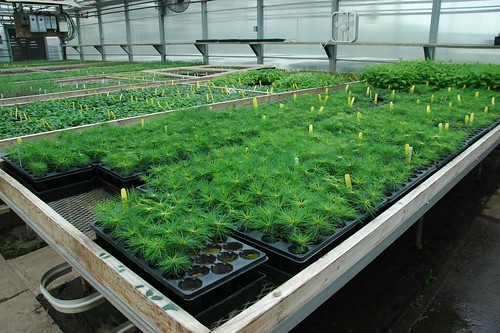
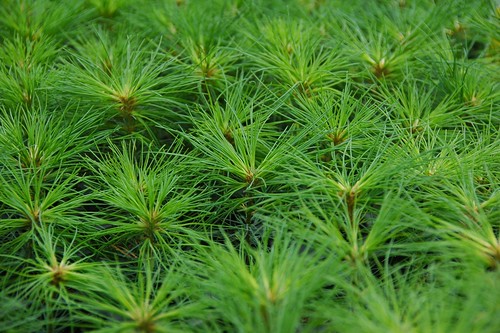
These cute little guys are Liriodendron tulipifera, Tulip Tree. Mature height: 120 feet.
Preparation and Storage
Slideshow
Related Content
Links
Greenbelt Native Plant Center
Forever Wild
NYC Wildflower Week

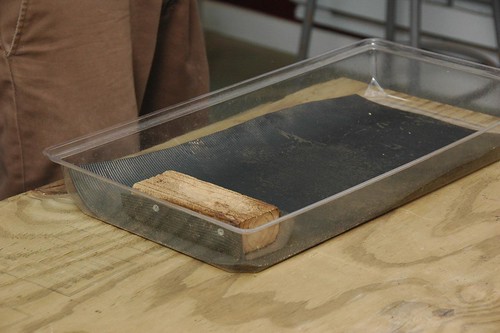
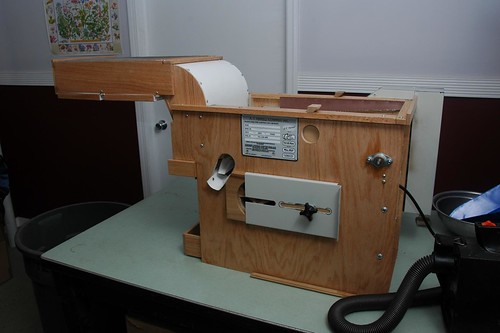

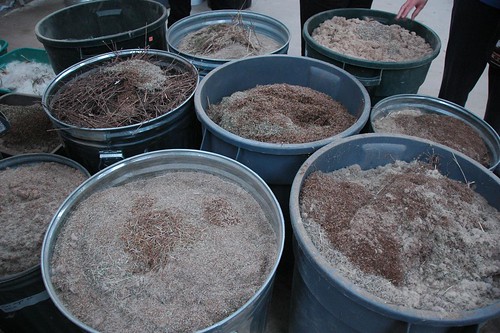
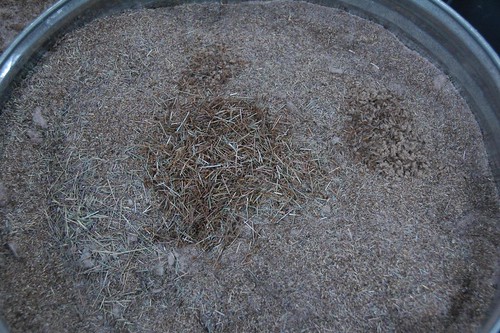
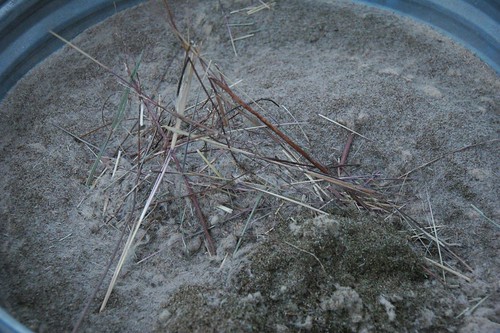
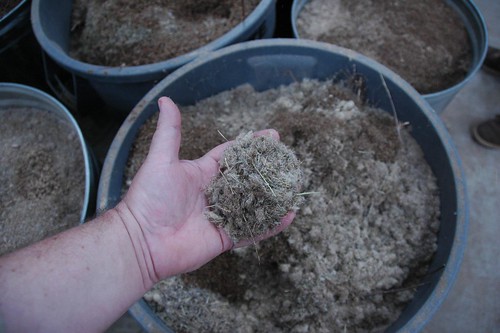
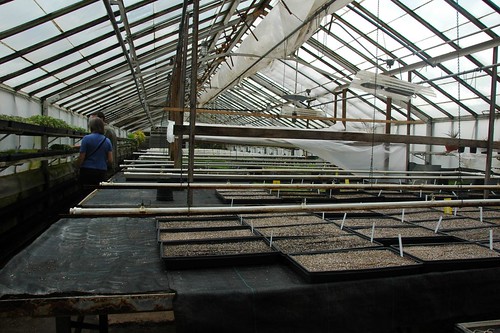
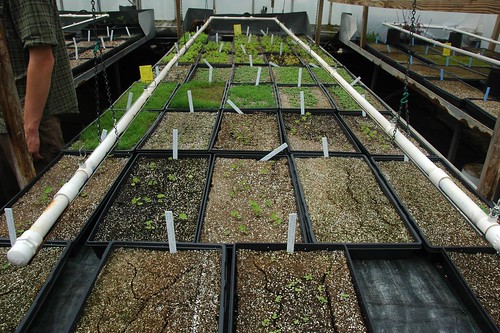
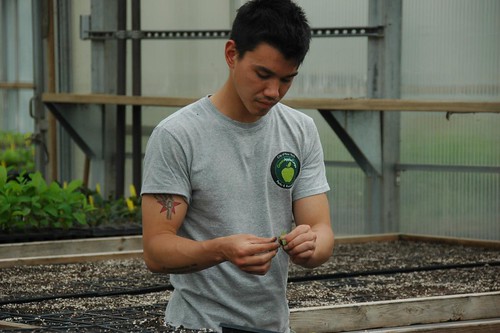
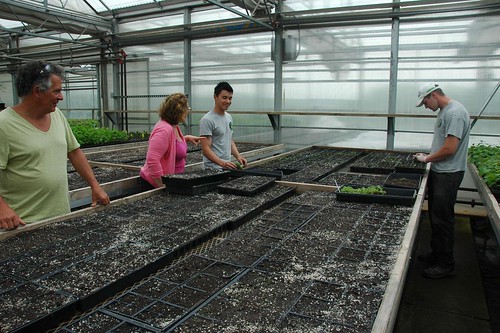
This was an excellent overview of the important work they are doing at the native plant center. Thanks for sharing!
Wow, that's awesome! I'm delighted to learn about this place. Is it open to the public?
nycww: Thanks! Still have my photos of seed prep and storage to add to the article.
L&R: It's a wholesale operation, so not normally open to the public.
I live within walking distance to Greenbelt! I always pass by it and I'm in awe!
Great and extremely informative post & photos. I had no idea of this kind of work going! Thanks.